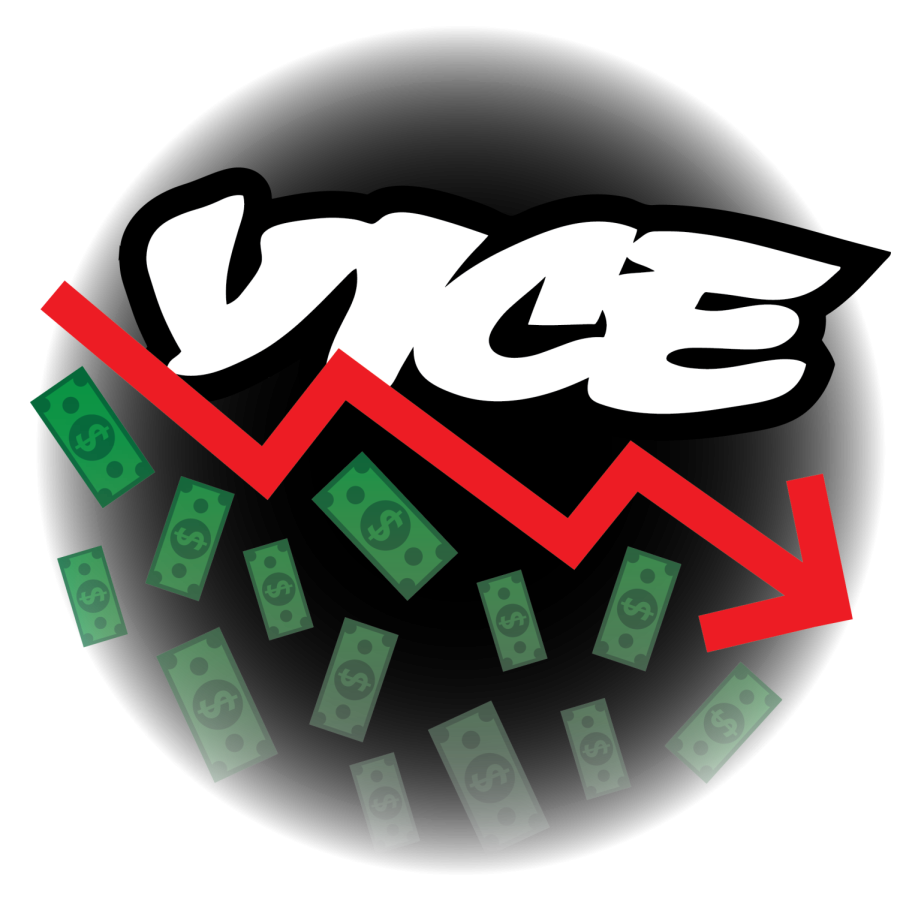Emerging Journalists Face Uncertain Job Market
The digital media sector has faced turmoil with an array of layoffs, the latest of which being global media conglomerate Vice filing for bankruptcy in May. There have been setbacks in the world of journalism across the nation, the burning question, why?
The recent layoffs have caused concern among communications students about whether or not they may have jobs in media or publications in the future. Bailey White is a Gonzaga University graduate and former reporter for their student newspaper, The Bulletin, where she dealt with constant doubts about the future of the industry.
“Even though I didn’t pursue professional journalism, there was this sense that journalism was dying and if that was something you’d like to pursue, other opportunities were becoming slimmer and slimmer,” White said.
Peg Achterman, an associate professor of communication at Seattle Pacific University (SPU), advises their student newspaper, The Falcon. Achterman has also noticed student uncertainty about graduating in the journalism field, and noted that traditional news outlets have struggled to thrive in the age of digital media, particularly in advertising.
“Businesses like Macy’s and Nordstrom used to buy huge ads in the newspapers that were worth thousands of dollars, and those have dropped significantly because [they] have other ways to advertise. You can go on social media,” Achterman said.
Achterman said the steady rise of digital advertising since the 2000’s has reshaped the corporate media landscape, with publications sometimes struggling to adapt. She feels that the pervasiveness of artificial intelligence and falsified reporting makes it harder to consume news online.
“It’s kind of like a slow earthquake that has driven this wedge. We’re still in that transition from what we knew about how media worked for pretty much the whole 20th century, to what we have now, [which] is a tremendously different model. Vice was doing really well in the digital space, but people were falling by the wayside because they couldn’t make it work,” Achterman said.
Tyrah Majors, an adjunct professor of communications and media at Seattle University also works as a news anchor for KOMO news. She notes that part of the challenges in the communications field are tied to the pandemic, but that these concerns are not necessarily unique to journalism.
“There’s also been mass layoffs across all industries. I’m not sure there’s a major difference between jobs being sparse in media, compared to other industries,” Majors said.
Majors encourages students with interests in journalism and media not to be deterred by the changing times.
“I pursued journalism to help people. Helping people and being of service to others has always been a value of mine. It’s the same reason I decided to become a communications professor, to help pave the way for the next generation of future journalists…don’t let [a poor job market] discourage you from searching for a job in the media; there are roles out there. You just have to put your best foot forward, network and do a little digging.” Majors said.
As the corporate media world and job market for journalism majors adjusts to changing technologies, graduating students enter a fluctuating landscape. The next generation of journalists will wait in the distance, ready to carry the torch.


